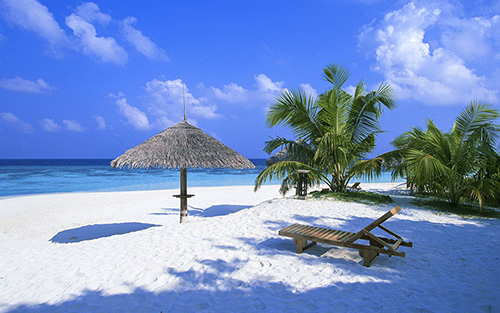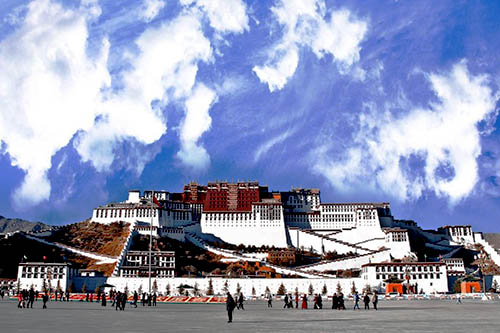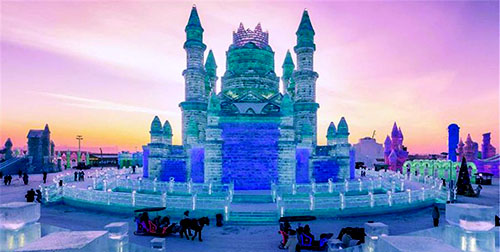Climate and Temperature: The weather is defrosting and getting warmer everywhere in spring, except for the mountainous areas of northern China, where February, March, and early April are still cold. Cities on the southern side of the Yangtze River are much warmer and comfortable than most northern cities but are considerably rainy in spring.
Labor Day (May 1-5, 2020) - usually a 3-day public holiday (5-day holiday in 2020) where almost everyone is off work or school. Tons of Chinese people choose to travel on such occasion, which makes it one of the worst times to visit China.

Recommended Itinerary: 8-day Henan Tour with Shaolin Temple and Yuntai Mountain
Climate and Temperature: The main characteristic of Summer is the high temperature and rain. Except for Tibet Plateau, most areas in China are extremely hot during July and August. The difference is that southern China is dry and hot while the southern cities are humid and hot, and the temperatures can be up to 40 centigrade. Besides, Summer is a season with the most precipitation in most parts of China. It’s quite common that the morning is sunny and comfortable, and in the afternoon, the storm boils everything. Besides, Guangdong, Taiwan, and Fujian are prone to be affected by the typhoon.
Summer Vacation (early July - Late August) is a peak travel season in China as students are off school for Summer Vacation. Most parents also take several days off and accompany their children to travel around. It’s not necessary to scramble tickets with students, only to find everywhere is jammed with them when you succeeded.

Recommended Itinerary: 4-day Lhasa Classic Tour
Autumn is a clear and refreshing season to travel. Contrary to spring, the weather is getting cool in autumn. Most places in China are still warm before the middle of October. Northern China is a little cooler than southern cities, but still comfortable enough to get around.
National Day Holiday, aka the Golden Week, is the worst time to visit China. It starts from Oct.1 and lasts seven days or more depending on if it coincides with the Mid-Autumn Festival. Everyone in the country will have this week off and travel to domestic cities, causing logistical chaos. It will be hard for you to get any flight or train ticket as well.

Recommended Itinerary: 15-day Silk Road and Xinjiang Tour
Winter is the coldest season in the whole year, and January is the coldest month of the season. The mean temperature of northern China is about -10 centigrade, but southern China, especially Guangdong, Guangxi, Hainan, won't be very cold.
Winter Vacation (Mid January - Mid February)is the time when all students are off school for Spring Festival. It often lasts about a month. Many parents take the opportunity and take their children to warm places like Hainan.

Recommended Itinerary: 4 Days Harbin Tour to Ice and Lantern World and Ski Resort
In conclusion, China is a country of many landscapes in different seasons. It’s hard to find the perfect time to travel. You can choose the best time according to your preferred sights. Generally speaking, metropolises like Beijing, Shanghai, Guangzhou, Xian, and Chengdu are best visited in Spring and Autumn. While cities with beautiful landscapes like Guilin and Zhangjiajie are best visited in late spring and early summer. Mountainous areas, including Tibet, Gansu, and Xinjiang have amazing views in late summer and autumn. Lastly, northeastern China will offer you the best snow sights in winter if you don’t mind the coldness.
How to Plan Your First Trip to China
Top 26 China Landmarks You Cannot Miss
Top Ten Most Beautiful Landscapes in China
Copyright © 2019 Lily Sun China Tours International, Inc. Terms &conditions | Privacy Policy | Sitemap